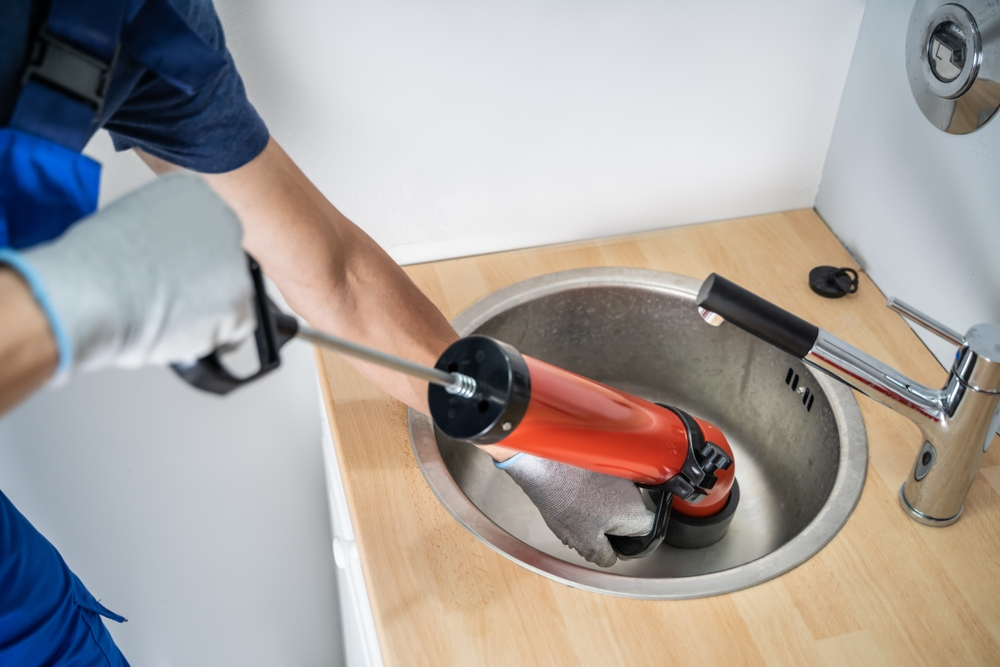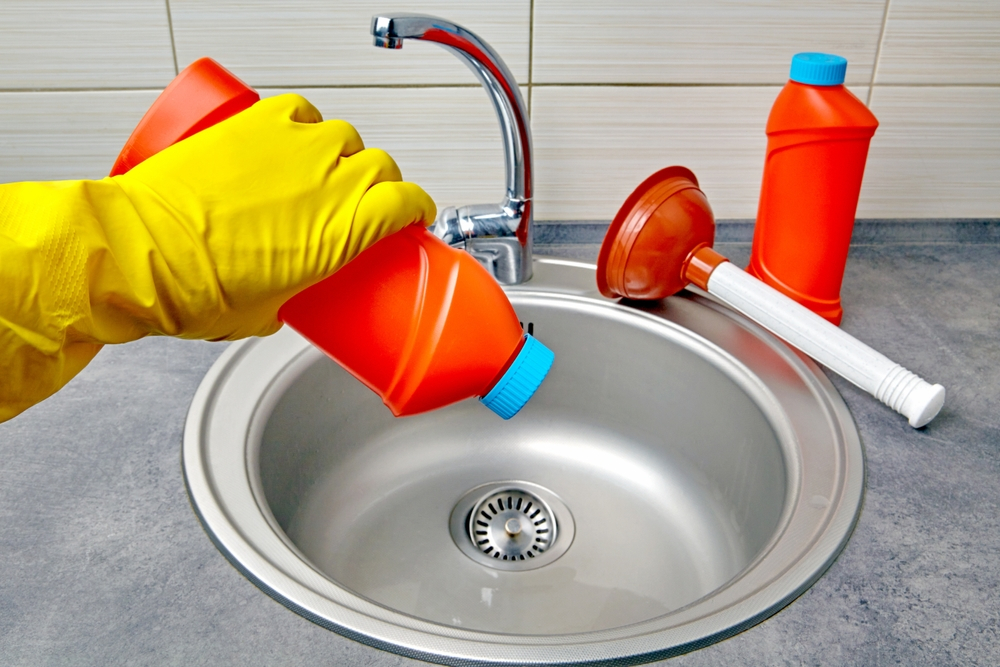Plumbing and domestic maintenance depend much on drain cleaners. They maintain free-flowing, clean pipelines. If neglected, clogged drains can seriously disrupt daily life and possibly compromise pipe integrity. With their strong chemicals, drain cleaners save us in such situations. Common ingredients in drain cleaners as well as their purposes in the cleaning process will be discussed in this paper.
How Drain Cleaners Work
Working by dissolving and breaking down obstructions, drain cleaners Usually comprised of hair, grease, soap scum, and food particles, these obstructions Various drain cleaners apply different techniques to get the same outcome. Chemical drain cleaners, for example, can include powerful acids or bases that, by chemical reactions, break down obstructions. Conversely, enzymatic drain cleaners consume at organic particles using naturally occurring enzymes.
Using drain cleaners calls for careful following of safety guidelines and measures. Strong and dangerous if mishandled are they. To guarantee safety and efficacy, always read the label and follow directions for use of the product.

Typical components in drain cleaners and their purposes
Ingredients used in drain cleaners cooperate to break down obstructions. The most often occurring ones are these:
- Sodium Hydroxide (Lye): One potent base is sodium hydroxide, sometimes called lye. It breaks down organic compounds including grease. Lye generates heat when it comes into touch with water, which melts the blockage. Although this component is rather powerful, if it comes into touch with the skin it might burn.
- Sulfuric Acid: Another powerful component included in some drain cleaners is sulfuric acid. It breaks down organic stuff by means of a chemical process producing heat. This heat speeds up the dissolving of the blockage. But sulfuric acid is quite corrosive and, if handled improperly, can destroy pipelines.
- Sodium Hypochlorite (Bleach): Commonly used in drain cleaners to remove bacteria and fungus, sodium hypochlorite—also known as bleach—is It breaks down biological materials as well. Although a strong disinfectant, bleach can irritate eyes and skin.
- Potassium Hydroxide: Considered to be similar to sodium hydroxide, potassium hydroxide finds usage in some drain cleaners. By use of a chemical reaction with water, it generates heat breaking down blockages. Although this substance is efficient, if it comes into touch with the skin it might burn.
- Enzymes: Natural enzymes used in enzymatic drain cleaners break down organic matter. Proteases and amylases among other enzymes break down starches and proteins from blockages. Though they may take more time to work than chemical cleaners, enzymatic cleaners are usually safer to use.
- Aluminum Granules: Sometimes aluminum grains are included into drain cleaners to boost the heat produced during the chemical reaction. This extra heat facilitates more effective breakdown of blockages. But aluminum can react aggressively with acids, hence you should use these goods carefully.
- Surfactants: Chemicals called surfactants help to emulsify oils and grease. They simplify the breakdown of the blockage by the other components. Gel and liquid drain cleansers both often use surfactants.
Potential Risks and Safety Concerns
Although drain cleaners are quite useful, they also carry certain possible hazards. The following safety issues should be taken note:
- Skin and Eye Irritation: Many drain cleaners, including sulfuric acid and sodium hydroxide, can aggravate skin and eyes severely. When handling these items, it’s imperative to don gloves and goggles among other safety gear.
- Damage to Pipes: If used too much, some drain cleaners—especially those with sulfuric acid—can compromise pipelines. The acid can gradually erode metal pipelines, causing leaks and other problems. Use these products as advised and sparingly.
- Toxic Fumes: Toxic fumes released by chemical drain cleaners can be difficult for one to breathe. Use these products always in well-ventilated spaces and try not to breathe in the fumes.
- Environmental Impact: Drain cleaners’ components could be detrimental to the environment. They might contaminate water supplies and damage aquatic life when rinsed down the drain. Proper disposal of these goods is crucial, hence one should also think about using eco-friendly substitutes.

Alternatives to Commercial Drain Cleaners
There are various choices to commercial drain cleaners for individuals seeking safer and more ecologically friendly solutions. Here are several doable home fixes:
- Baking Soda and Vinegar: One often used approach is vinegar and baking soda. Start by emptying a cup of vinegar then a cup of baking soda down the drain. The two components’ chemical interaction will assist to clear the obstruction. Before hot water flooding the drain, let the mixture stay for around half an hour.
- Boiling Water: Often the answer is a basic one like boiling water. Boiling water down the drain might assist to dissolve other obstructions including grease. For routine maintenance and minor obstructions especially this approach is quite successful.
- Drain Snake: One instrument for physically clearing obstructions is a drain snake—also known as plumber’s auger. Slink the snake down the drain and twist it to break apart and extract the clog. There is no chemical involved in this quite successful approach.
- Enzymatic Cleaners: As noted already, enzymatic cleansers break down obstructions using naturally occurring enzymes. Usually speaking, these cleaners are safer for the surroundings and your pipes. Though they require more time to operate, they are a wonderful substitute for strong chemical cleaners.
Conclusion
Maintaining clean and working pipes depends much on drain cleaners. Knowing the common elements and their functions will enable you to decide on their use with knowledge. Always give safety top priority, then follow label directions. For a safer and more ecologically responsible choice, take into account natural and do-it-yourself substitutes. A good plumbing system depends on regular maintenance as well as correct drain cleaner disposal.
Understanding the components of drain cleaners helps us to value their purposes, possible hazards, and substitutes. Let’s use these goods sensibly to maintain efficient and clean plumbing systems.
